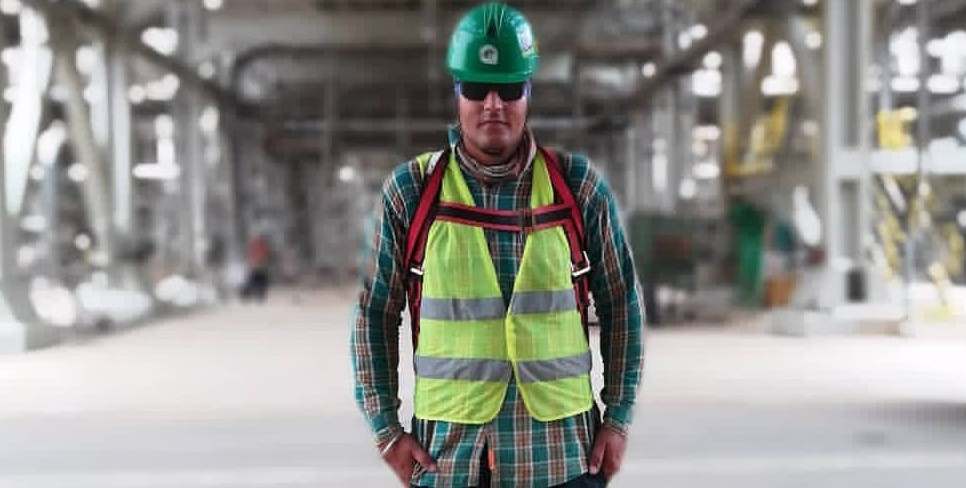Operating in hazardous industrial environments requires stringent safety measures to protect personnel, equipment, and operations. A robust Work Permit System provides a structured approach to managing work in high-risk areas, ensuring potential hazards are identified, controlled, and mitigated. This article outlines the key components, processes, and significance of a general work permit system designed for safety in restricted areas.
Purpose and Scope
The Work Permit System establishes guidelines for issuing and receiving work permits, certifying responsible personnel, and ensuring compliance with safety protocols. It serves as an official record of agreed-upon conditions between issuers and receivers, detailing safety precautions and hazards to be controlled. The system is mandatory in restricted areas, defined as locations handling flammable liquids or gases, oxidizing agents, explosives, radioactive materials, or areas near power lines. Examples include processing plants, storage facilities, pipelines, wells, treatment plants, marine vessels, and service stations.
Organizations may develop additional procedures to address specific needs, but the core system applies to construction, maintenance, inspection, and repair activities posing risks. Low-risk tasks, such as carpentry or photography in non-hazardous areas, may be exempt if deemed safe, provided personnel are accounted for.
Types of Work Permits
The system uses four specialized work permit forms, each tailored to specific types of work and associated hazards:
- Release of Hazardous Liquids or Gases (Yellow Form): Addresses the actual or potential release of low-flash liquids (below 130°F/54°C), liquids at or above their flash point, or injurious materials. It ensures precautions for activities like opening lines or draining vessels. Often paired with other permits.
- Hot Work (Red Form): Covers work generating sparks, flames, or heat sufficient to ignite flammable materials, such as welding, grinding, or vehicle entry into plants. It includes spark-producing tools or internal combustion engines.
- Cold Work (Blue Form): Applies to work that does not produce ignition risks, such as using hand tools, sand removal, or brush painting.
- Confined Space Entry (Green Form): Governs entry into spaces not designed for human occupancy, like tanks, vessels, or excavations deeper than 4 feet, where movement or exit is restricted. Typically requires additional hot or cold work permits.
These forms ensure all work in restricted areas is categorized and controlled, with specific precautions outlined.
Roles and Responsibilities
The system involves two primary roles:
- Work Permit Issuers: Certified supervisors responsible for issuing permits in restricted areas under their supervision. They visit job sites, conduct tests, specify precautions, and review job details with receivers. Designated representatives may assist but cannot sign permits.
- Work Permit Receivers: Certified supervisors, workers, or contractor representatives who receive permits and execute the work. They ensure compliance with permit conditions and are responsible for team safety.
Both issuers and receivers must hold valid certificates, issued by their department heads, confirming their knowledge and competency. Certificates expire every two years, requiring recertification through training programs.
Issuance and Approval Process
The process begins when a receiver requests a permit from the facility’s operations supervisor (issuer). The issuer assesses the job site, performs tests, and lists precautions. Both parties review and sign the permit, with additional approvals required for extended permits or when other operations are affected. Key aspects include:
- Joint Responsibility: Issuers specify safety measures, while receivers execute work per agreed conditions.
- Site Inspections: Required for most jobs, though low-risk tasks (e.g., cleaning or painting in safe areas) may be exempt, with the issuer documenting the rationale.
- Permit Duration: Permits typically cover up to 16 hours but can be renewed for two consecutive shifts. Extended permits (up to 30 days) are allowed for stable, low-risk construction or maintenance, with approval from department heads.
- Emergencies: Work may proceed without permits in emergencies, but permits must be issued as soon as possible.
Receivers must keep permits at the job site for inspection, transferring them to a senior crew member if they leave temporarily, with issuer approval.
Safety and Control Mechanisms
The system empowers both issuers and receivers to prioritize safety:
- Stopping Work: Issuers can withdraw permits if safety conditions are violated, documenting the reasons. Receivers must stop work and notify issuers if unsafe conditions arise, collaborating to resolve issues.
- Personnel Control: Unnecessary personnel posing safety risks are removed from job sites.
- Closing and Filing: Permits are closed with signatures from both parties, unless impractical due to remoteness. Originals are retained by issuers for at least three months.
- Periodic Reviews: Organizations and safety departments conduct regular compliance reviews.
Certification and Training
Training programs familiarize issuers, receivers, and testers with the system, administer tests, and issue certificates to successful candidates. Certificates, signed by department heads or contractor representatives, confirm understanding and ability to perform duties in restricted areas. Organizations maintain records of certified personnel, and recertification is required every two years.
Significance
The Work Permit System is a cornerstone of safety in hazardous environments, balancing operational efficiency with rigorous hazard control. By categorizing work, enforcing certifications, and mandating clear communication, it minimizes risks in high-stakes settings. Its flexibility—allowing exemptions for low-risk tasks and extended permits for stable projects—ensures practicality without compromising safety. Regular reviews and recertification maintain accountability, while the authority to stop work empowers personnel to act decisively when safety is at risk.
In industries where a single oversight can lead to catastrophic consequences, this system exemplifies a commitment to protecting workers, assets, and the environment. It serves as a model for safety management in hazardous work settings worldwide.

